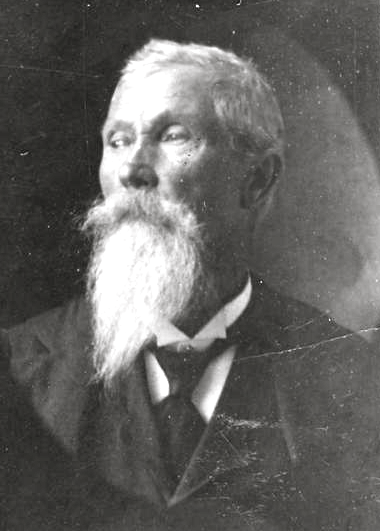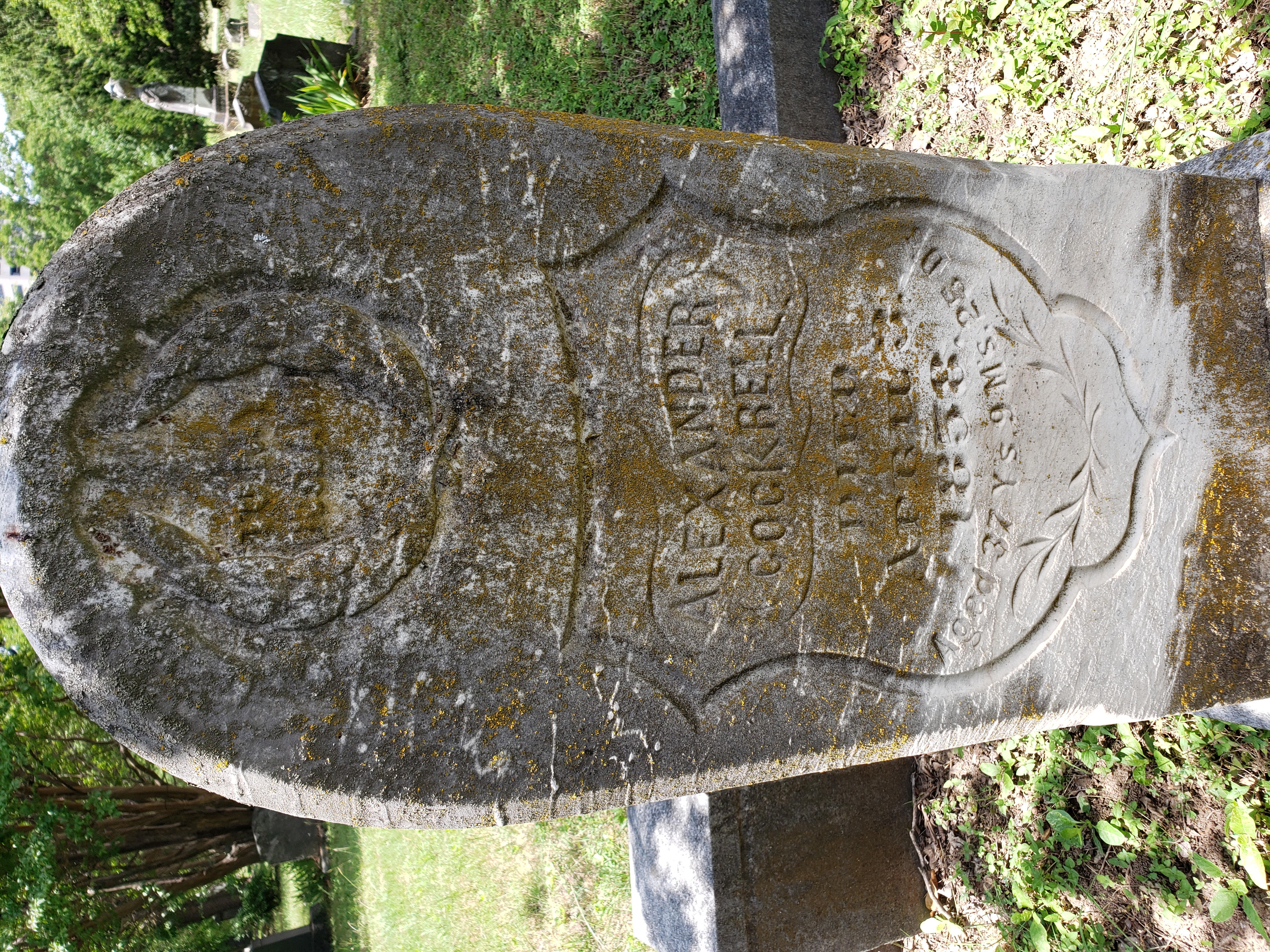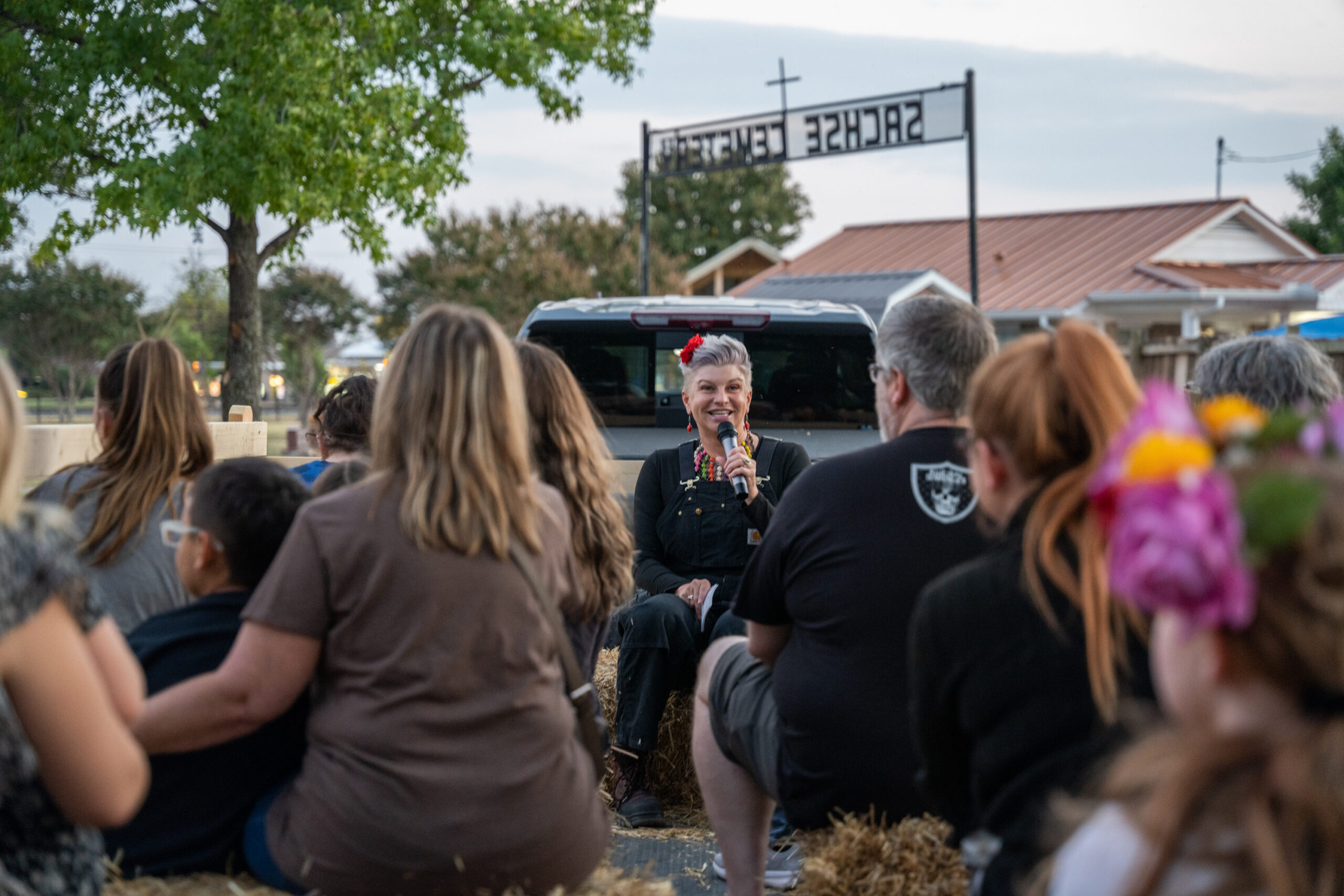Short recap – there was a fire in July of 1860 that wiped out very nearly all of Dallas’ buildings. It seemed suspicious to many people that there were also fires in Denton and Pilot Point on the same day. Temperatures were already scorching before the fire hit – 110 degrees F.
Because several towns experienced fires on the same day, rumors began to swirl that a slave uprising was the cause. However, the most likely culprit of the fire is ‘prairie matches’ – phosphorus tipped matches that were billed as being hard to extinguish. Prairie matches were quite popular as you didn’t have to worry about breezes or drafts extinguishing your flame before you were done lighting the fire. Prairie matches were stocked in dry goods stores where fires often started. Dry good stores, as the name implies, were often stuffed full of things that were flammable like fabric and wool and newspapers.
The Sheriff of Denton, CA Williams, proposed prairie matches as the cause and managed to tamp down hysteria by doing a public demonstration. He was able to show just how easily prairie matches could ignite on a hot day, given even a little flammable material. That level-headedness did not prevail in Dallas, with writers demanding to know who was the arsonist and insinuating that slaves were revolting. By the end of July, amidst newspaper articles and rumors throughout the state, between 30 and 100 people were killed for their ‘part’ in the slave revolt. These people were slaves or abolitionists.




